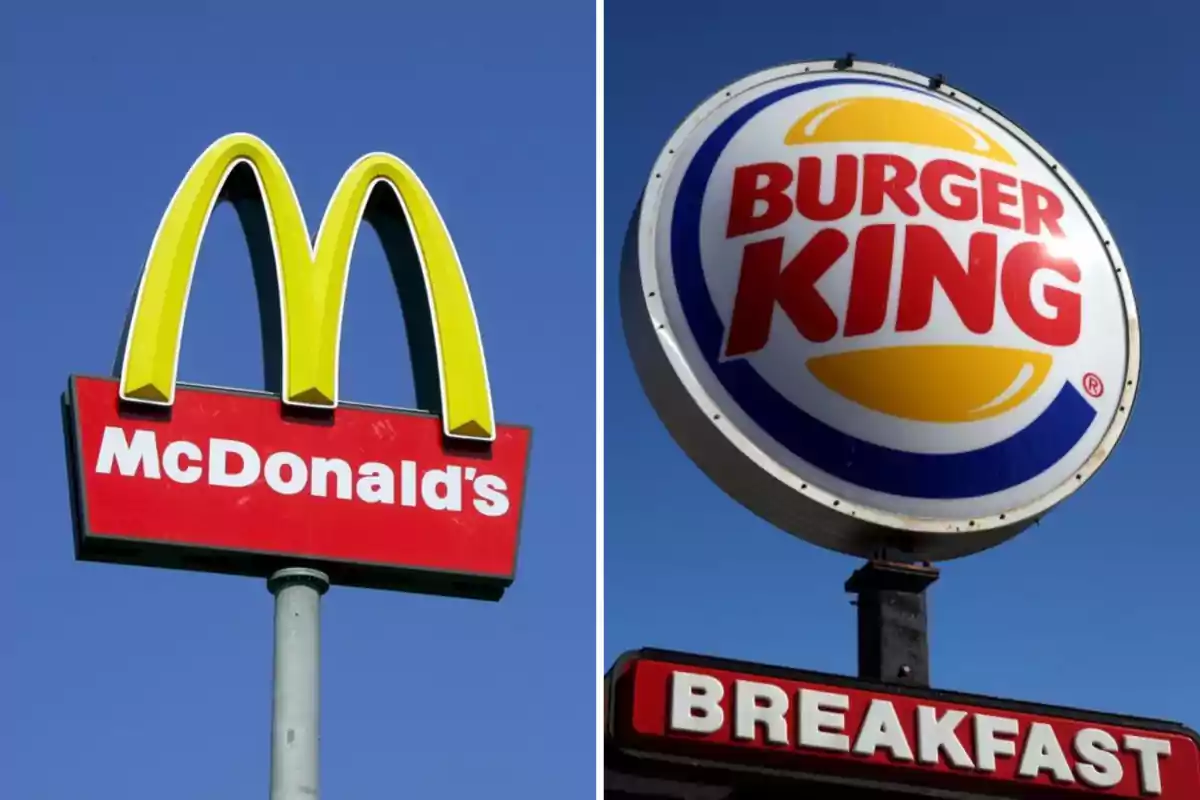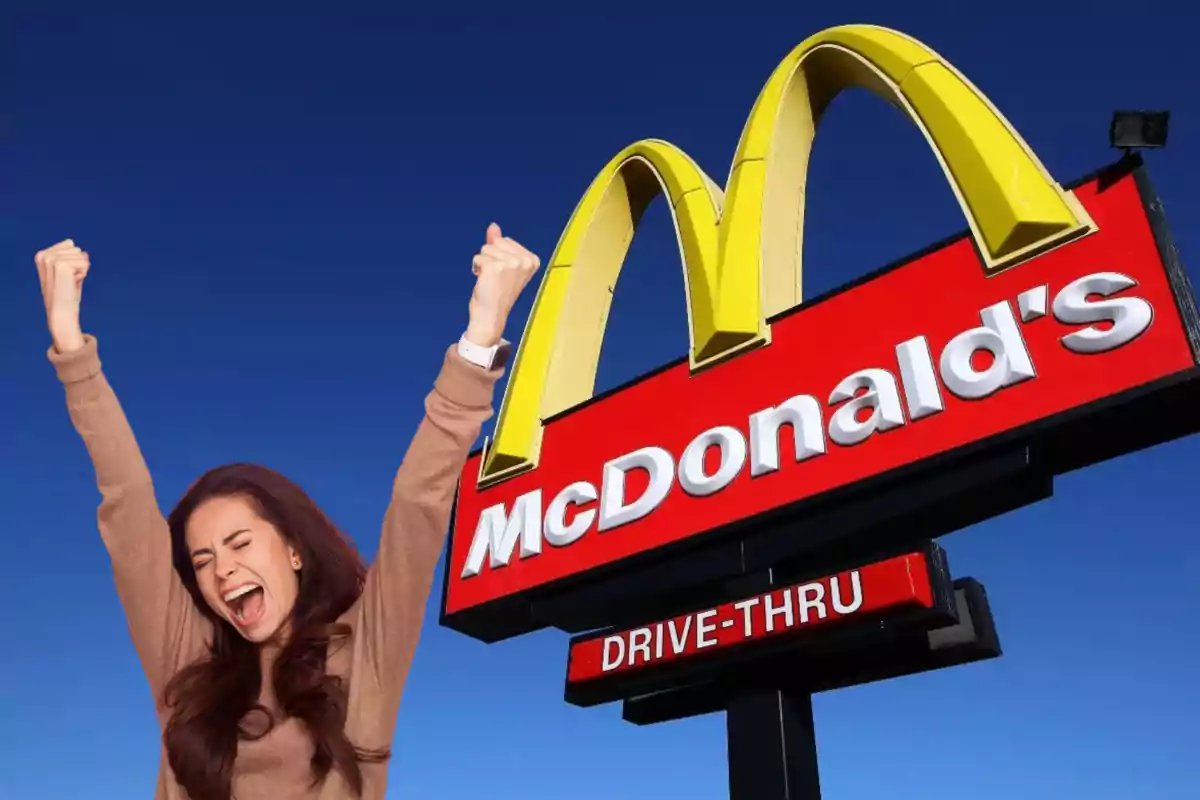
McDonald's and Burger King Reveal Their Best-Kept Secret: It Happens Worldwide
The Secret of the Competition Between McDonald's and Burger King: Why Are They Always Next to Each Other?
It's common to see McDonald's and Burger King located next to each other in many shopping areas. This proximity may seem strange at first, as both chains are direct competitors. However, this strategy has a solid economic basis known as Hotelling's Law.
Why Are They So Close? Hotelling's Law
Hotelling's Law, formulated by the American mathematician Harold Hotelling, explains this phenomenon. According to this law, companies offering similar products tend to locate near each other. Why? Because by being together, both can attract more customers.

Hotelling's theory can be understood with a simple example: imagine two ice cream vendors on a one-kilometer-long beach. Initially, each one sets up at one end of the beach, thinking that this way they will attract nearby bathers. But soon they realize that customers prefer to go to the nearest stand. Therefore, both vendors decide to move to the center of the beach to be within reach of everyone.
Real-World Application: McDonald's and Burger King
This principle applies perfectly to McDonald's and Burger King. Both fast-food chains have similar menus, and by placing themselves close to each other, they attract a larger number of people. Customers don't have to travel far to compare the offers of both brands, which increases the chances of them entering one of the two restaurants.
This way, McDonald's and Burger King mutually benefit from direct competition. By being close, both gain visibility and, consequently, more customers.
Competition Isn't Always Negative
Although it seems that direct competition could affect both brands, in reality, the proximity benefits them. This phenomenon also applies to other sectors, such as retail or even politics. Companies in saturated markets group in high-traffic areas to capture as many customers as possible.

This type of strategy not only benefits McDonald's and Burger King but also consumers. By having both options nearby, customers can quickly compare prices and menus, making their purchasing decision easier.
The Impact on Consumer Behavior
The proximity between McDonald's and Burger King directly influences consumer behavior. People tend to choose the nearest option when faced with a quick decision. With both restaurants in the same location, the customer can choose between the two brands without having to look for other alternatives nearby.
This approach also creates a sense of greater competition, which can motivate both chains to continuously improve their products and offers. In turn, this benefits the customer, who gets better options.
McDonald's and Burger King: A Winning Strategy
The proximity between McDonald's and Burger King is no accident. Hotelling's Law shows that this strategy is based on economic principles. By being next to each other, both chains manage to attract more customers and maximize their presence in high-demand areas. This strategy is not only smart but also creates an environment where consumers benefit from greater competition and better offers.
Although at first glance it may seem like a strange decision, the location of McDonald's and Burger King next to each other is a smart tactic. In short, well thought out to conquer the market. Undoubtedly, this is a strategy that shows how big chains can play to their advantage in competition.
More posts: